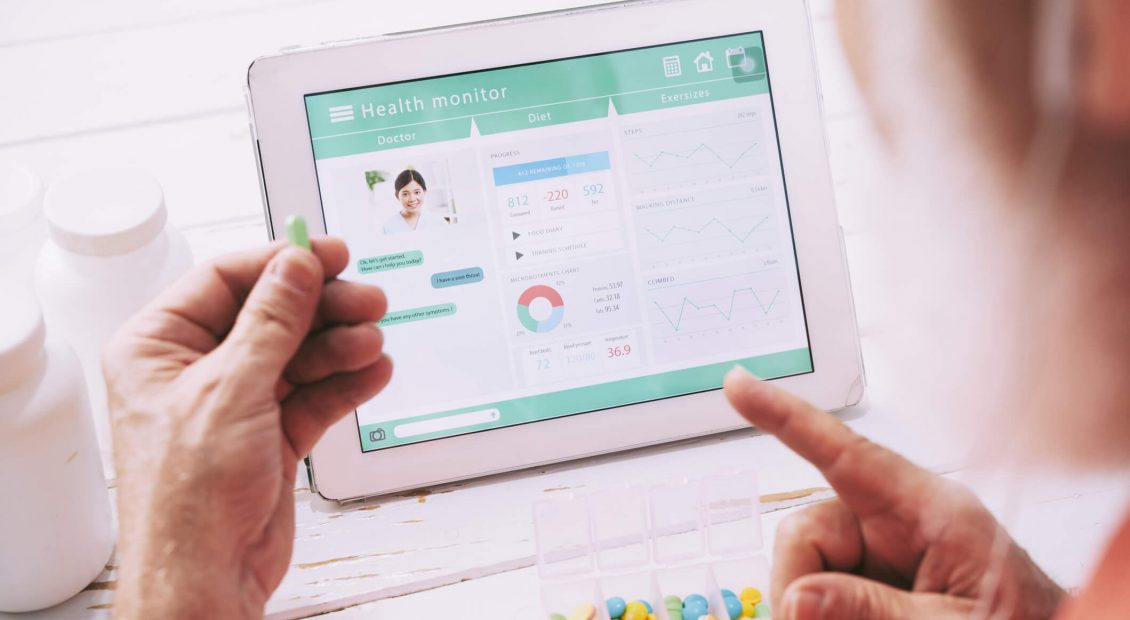
Scaling private cellular and edge: How to avoid POC and pilot purgatory
We evaluate how enterprises are exploring private cellular and edge, the challenges they face in scaling existing proofs of concept and pilots and how they and telco operators can overcome them.





